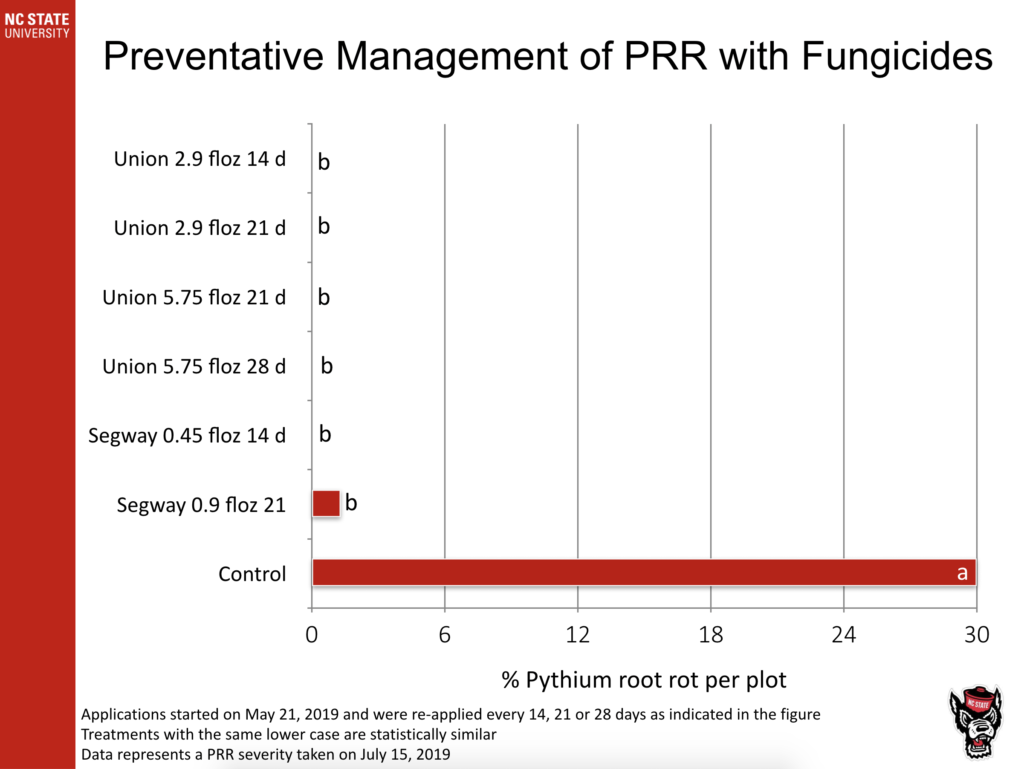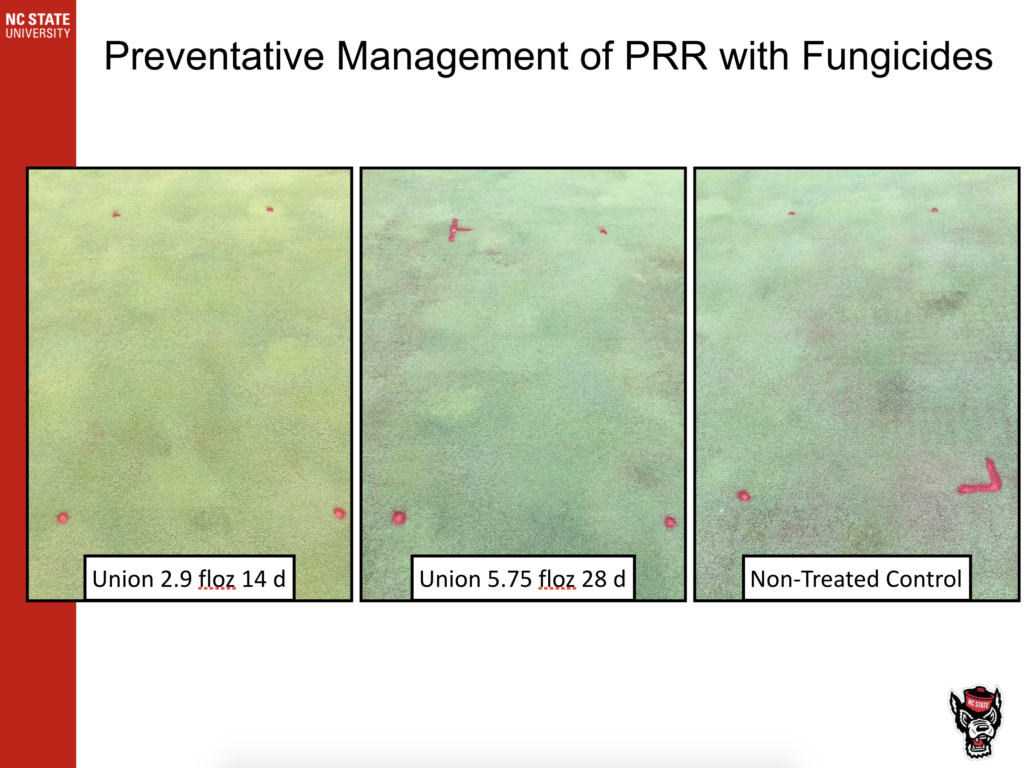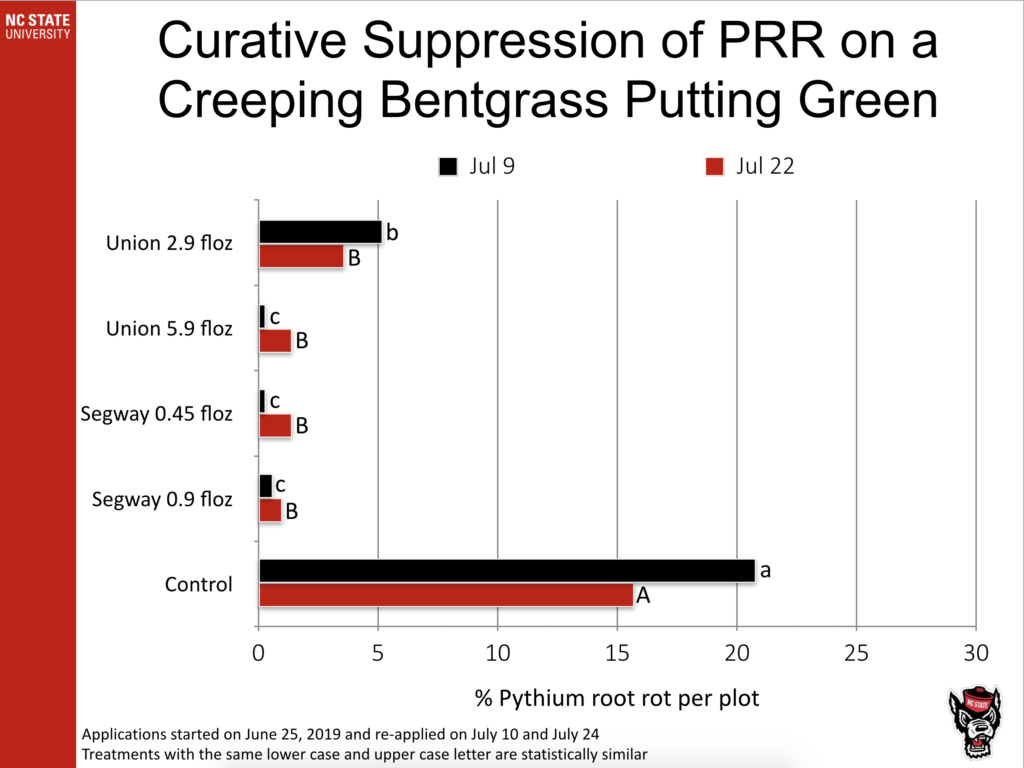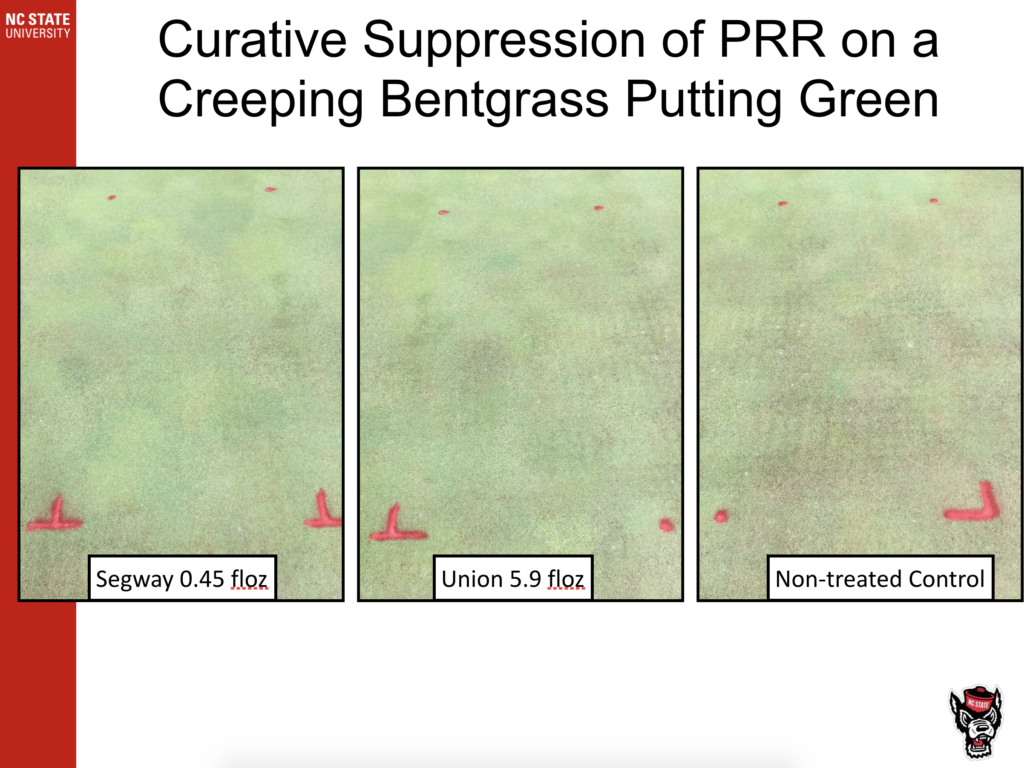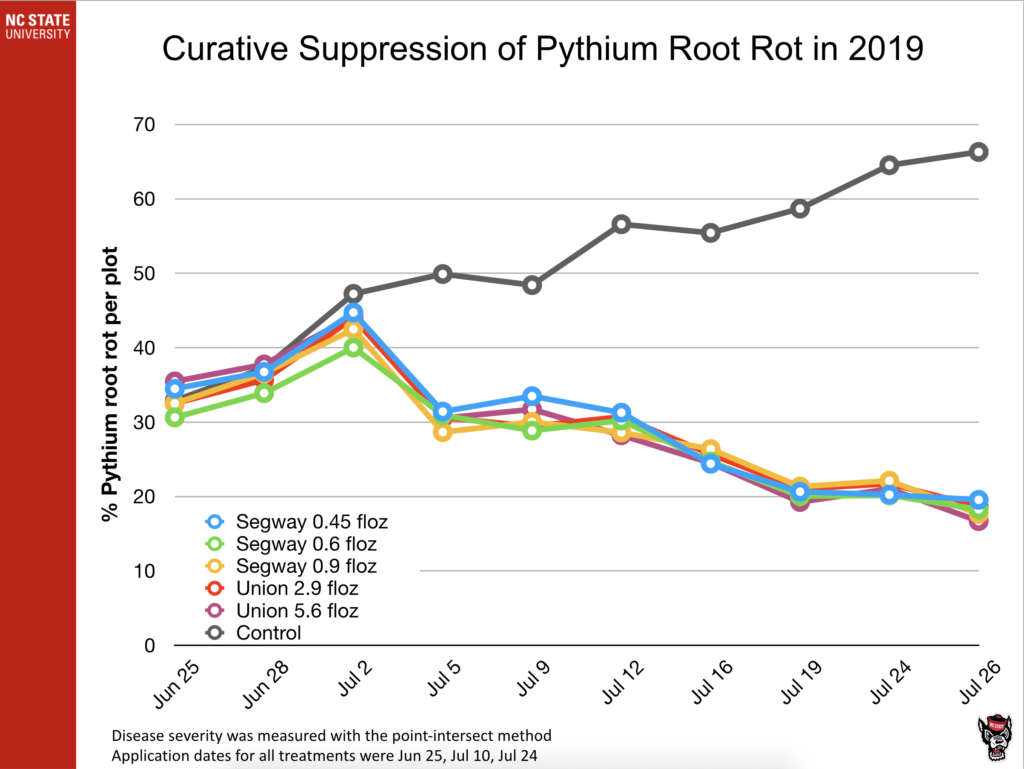Are You Pythed Off at Pythium Root Rot?
go.ncsu.edu/readext?619970
en Español / em Português
El inglés es el idioma de control de esta página. En la medida en que haya algún conflicto entre la traducción al inglés y la traducción, el inglés prevalece.
Al hacer clic en el enlace de traducción se activa un servicio de traducción gratuito para convertir la página al español. Al igual que con cualquier traducción por Internet, la conversión no es sensible al contexto y puede que no traduzca el texto en su significado original. NC State Extension no garantiza la exactitud del texto traducido. Por favor, tenga en cuenta que algunas aplicaciones y/o servicios pueden no funcionar como se espera cuando se traducen.
Português
Inglês é o idioma de controle desta página. Na medida que haja algum conflito entre o texto original em Inglês e a tradução, o Inglês prevalece.
Ao clicar no link de tradução, um serviço gratuito de tradução será ativado para converter a página para o Português. Como em qualquer tradução pela internet, a conversão não é sensivel ao contexto e pode não ocorrer a tradução para o significado orginal. O serviço de Extensão da Carolina do Norte (NC State Extension) não garante a exatidão do texto traduzido. Por favor, observe que algumas funções ou serviços podem não funcionar como esperado após a tradução.
English
English is the controlling language of this page. To the extent there is any conflict between the English text and the translation, English controls.
Clicking on the translation link activates a free translation service to convert the page to Spanish. As with any Internet translation, the conversion is not context-sensitive and may not translate the text to its original meaning. NC State Extension does not guarantee the accuracy of the translated text. Please note that some applications and/or services may not function as expected when translated.
Collapse ▲by Halle Hampy, Jim Kerns, and Lee Butler
You have all heard that an ounce of prevention is worth a pound of cure. This is especially true when pathogens attack turfgrasses during the most stressful growing times of the year. For example, when diseases occur in cool-season grasses during the summer months, it can be challenging for the turfgrass plants to grow out of the damage, even when the most efficacious fungicides have been applied. This can be frustrating for growers because they feel like applications were ineffective. Furthermore, we hear stories of growers who have applied multiple fungicides over a few day periods and who are likely confused about which product exactly worked, as they often assume it was the most recently applied product. Based on the research below, it could have been one of the earlier products applied and patience was not a virtue of the grower.
All products applied, regardless of rate and interval, were effective at preventively controlling Pythium root rot.
Photos of plots treated preventatively with Union at the low and high rate on 14 and 28-day intervals versus the non-treated control.
Even though Pythium root rot was eventually suppressed by curative applications, all products regardless of rate were unable to heal 100%.
Photos of plots treated curatively with Segway and Union versus the non-treated control. Note there are still Pythium root rot symptoms in treated plots.
Curative applications of all products took 1 week before symptoms started to decline and continued to slowly heal over the next several weeks and never fully recovered. This was in an extreme situation with high disease pressure and unfavorable growing conditions for recovery, which is often typical of NC summers.
Starting a Pythium root rot program when soil temperatures are consistently above 65F (late April to mid-May) should be sufficient in preventing Pythium root rot. If disease happens to develop, do not expect curative applications to provide immediate suppression of the disease. As with controlling any disease, a lot of recovery is heavily dependent on growing conditions, i.e., Mother Nature. If the weather is favorable for turfgrass growth, fungicides will appear to work faster than when conditions are not favorable. So, get your products out early and you won’t be PYTHED OFF next summer!



